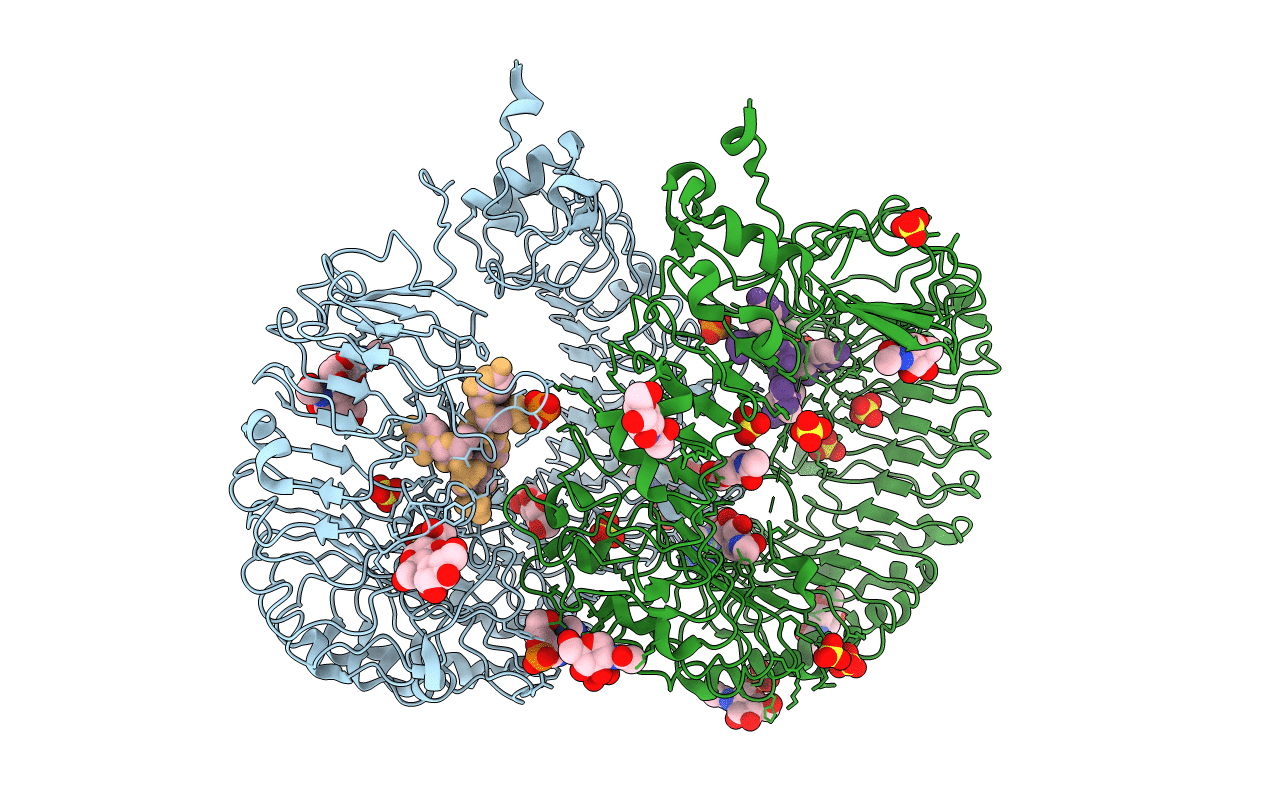
Deposition Date
2018-04-28
Release Date
2019-01-30
Last Version Date
2024-10-23
Entry Detail
Biological Source:
Source Organism:
Macaca mulatta (Taxon ID: 9544)
synthetic construct (Taxon ID: 32630)
synthetic construct (Taxon ID: 32630)
Host Organism:
Method Details:
Experimental Method:
Resolution:
2.40 Å
R-Value Free:
0.24
R-Value Work:
0.20
R-Value Observed:
0.20
Space Group:
P 21 21 21


